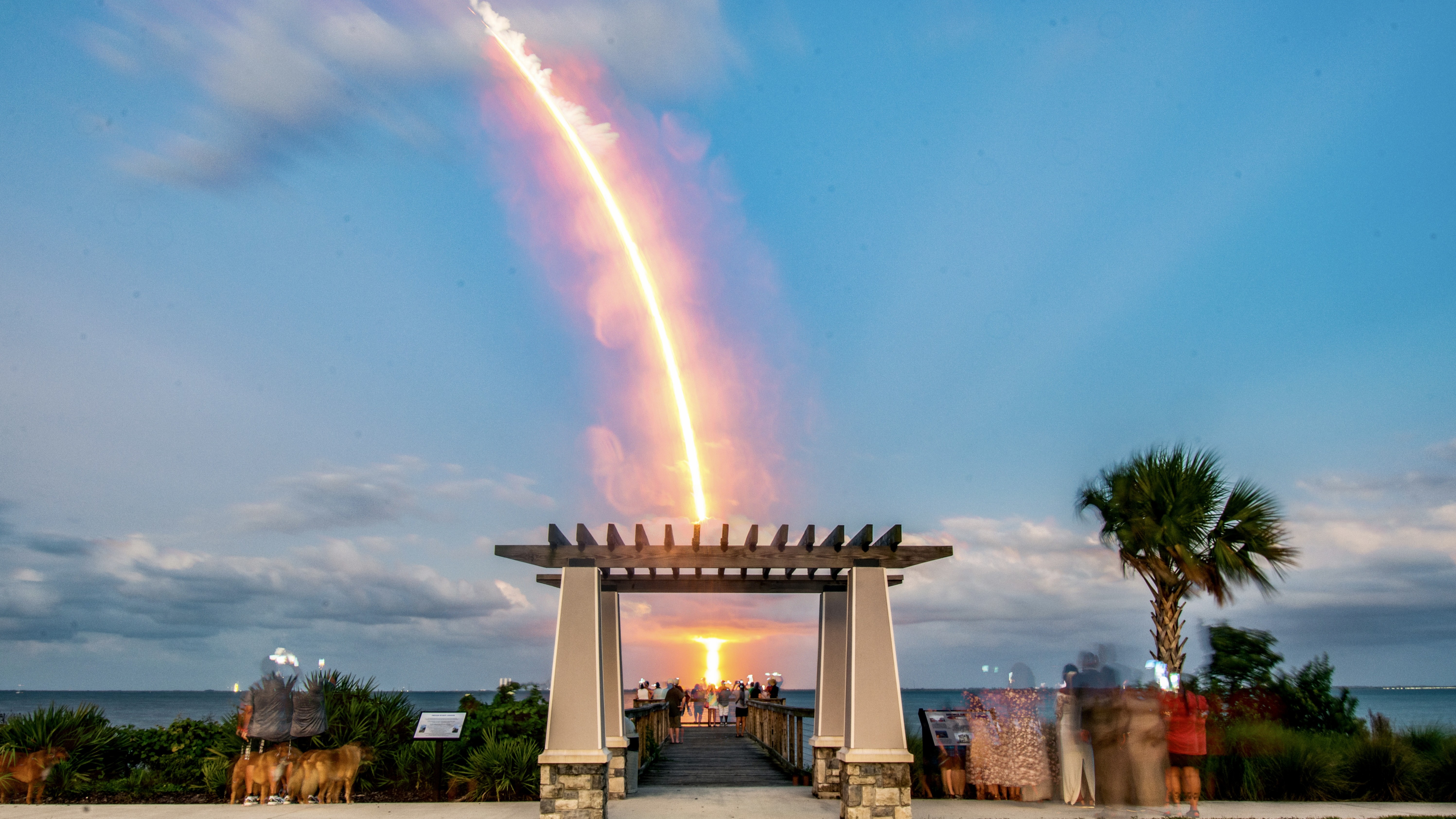Orbiting satellite uses AI to reorient itself in 'major step towards full autonomy in space'
"This successful test marks a major step forward in the development of future satellite control systems."

For the first time, researchers have controlled the orientation of a satellite in space using an autonomous AI, a major feat that could greatly improve the safety and effectiveness of satellites in space.
While satellites in orbit are carried around Earth by the pull of the planet's gravity, the momentum of their initial deployment and controlled propulsion, it is also necessary to adjust which way a satellite is facing. This allows instruments to point in the right direction, helps manage the thermal effects of solar radiation, and makes repositioning the satellite possible when needed.
To do this, you must adjust a satellite's attitude, the technical name for an object's orientation relative to its inertial frame of reference. Essentially, we're talking about rotating the satellite "horizontally" while it is moving.
Normally, these maneuvers are handled by human operators directing the satellite remotely or by programmed software routines. Both methods take considerable time and expense, and they don't account for every possible circumstance, especially ones that engineers fail to predict ahead of time.
Fortunately, researchers at Julius-Maximilians-Universität Würzburg (JMU) in Germany have developed — and demonstrated — an AI system that can change the attitude of an orbiting satellite without any human input, showing that autonomous control of satellites in a real-space environment is possible.
Successful tests in orbit demonstrate what's possible
The project, called the In-Orbit Demonstrator for Learning Attitude Control (LeLaR), uses a type of machine-learning process called deep reinforcement learning to "teach" the satellite's flight control software how and when to adjust its own attitude when required. Rather than spending months or years programming a satellite's behavior directly, with this method, engineers can train the satellite to effectively program itself to do the same thing, a much faster and cheaper process.
The researchers developed the AI model in a lab at JMU, using a "high-fidelity" simulator to train the model before uploading it to the flight controller of the InnoCube nanosatellite, currently in low Earth orbit.
Breaking space news, the latest updates on rocket launches, skywatching events and more!
The initial test, carried out during a satellite pass on Oct. 30, involved setting a target attitude for the satellite and letting the controller adjust itself to match. Using mechanical reaction wheels controlled by the new system, the satellite adjusted itself to the desired orientation on its own, a feat the JMU team repeated on several subsequent passes.
"This successful test marks a major step forward in the development of future satellite control systems," Tom Baumann, a JMU research assistant in aerospace information technology and LeLar team member, said in a JMU statement. "It shows that AI can not only perform in simulation but also execute precise, autonomous maneuvers under real conditions."
Increased use of AI automation in satellites
While the JMU team's demonstration might be the first time a satellite controlled its own orientation in orbit, it isn't the first use of AI systems to improve and automate important satellite functions.
NASA's Jet Propulsion Laboratory successfully used an automated AI system to perform "dynamic targeting" of a satellite's ground-facing camera to avoid cloud cover, and after successful lab tests, the U.S. Naval Research Laboratory is working to deploy its Autosat system, which will let a satellite calibrate its own signal as well as send and receive data autonomously. Researchers at the University of California, Davis and Proteus Space are also preparing to launch a satellite in the coming months that can autonomously monitor the health of its own systems, freeing up engineers for other tasks
None of those systems actually controlled the motion of the actual satellite, however, and this new approach to satellite flight control could pave the way for simpler and more efficient satellite development, reducing costs and speeding up deployments.
"It's a major step towards full autonomy in space," said Professor Sergio Montenegro, a LeLaR team member at JMU. "We are at the beginning of a new class of satellite control systems: intelligent, adaptive and self-learning."
John is a science and technology journalist and Space.com contributor. He received his B.A. in English and his M.A. in Computer Science from the City University of New York, Brooklyn College, and has bylines with TechRadar, Live Science, GamesRadar, and other publications. You can find him on Bluesky at @johnloeffler.bsky.social or seeking out dark sky country for spectacular views of the cosmos.
You must confirm your public display name before commenting
Please logout and then login again, you will then be prompted to enter your display name.


